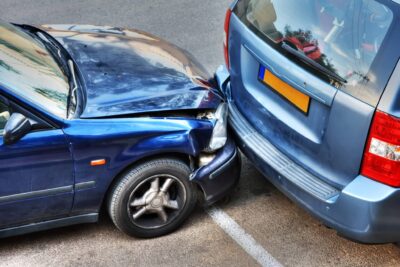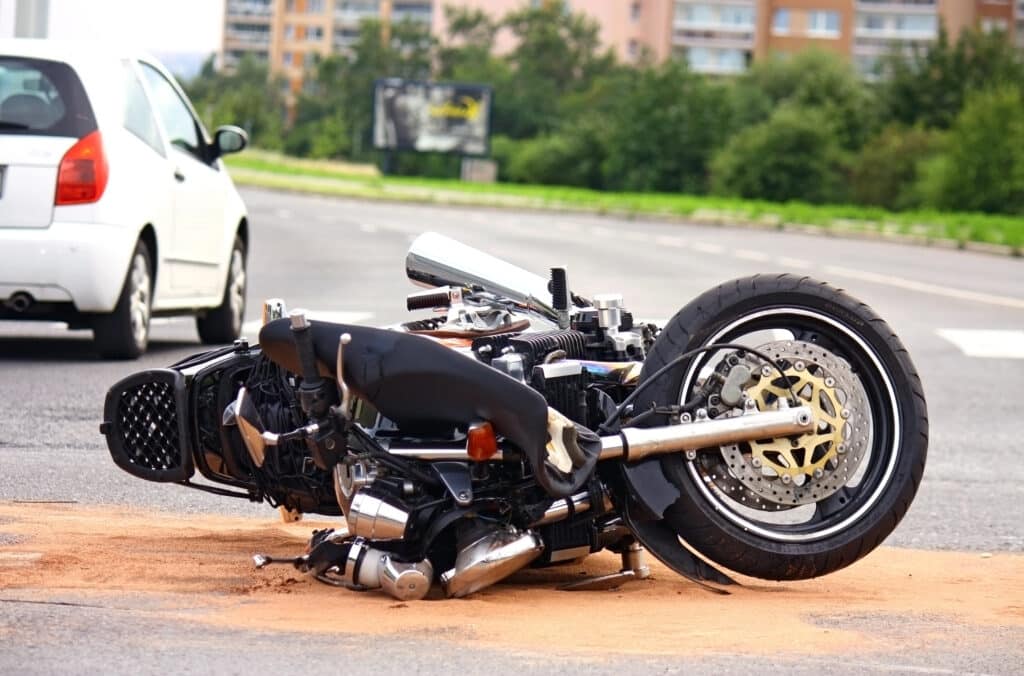Roller skating is hazardous, regardless of whether you do it around the neighborhood or at a roller rink. However, many roller skating accidents occur from other people’s malice or negligence. Knowing the duty of care owed to roller skaters can be difficult to decipher, since they’re both pedestrians and face restrictions other pedestrians do not.
Here is what you need to know about the various factors involved in roller skating accidents and the duty of care owed to roller skaters. If you’ve been injured in a roller skating accident, you may be entitled to compensation. A personal injury attorney will be able to help you determine your options.
Common Injuries From Roller Skating Accidents
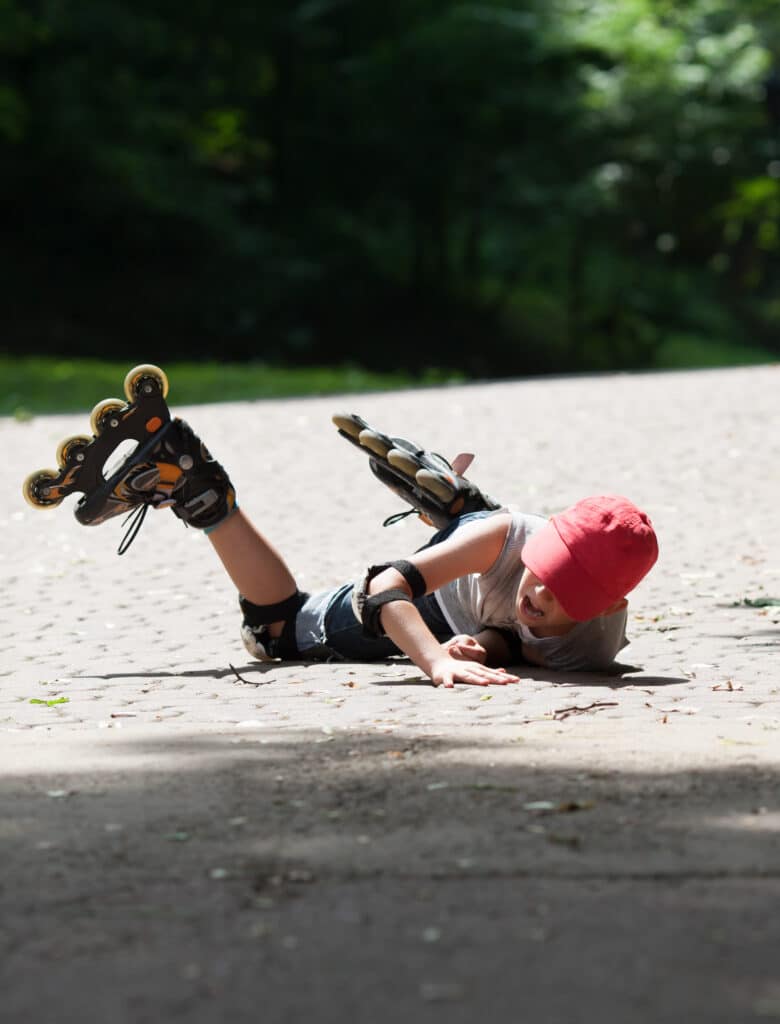
Common injuries from roller skating accidents include:
- Factures to forearms, wrists, legs, and ankles
- Sprains and strains, especially to the back and lower limbs
- Lacerations
- Soft tissue damages
- Head and facial injuries
Injuries are most common among inexperienced skaters as they learn a new skill. However, even experienced skaters can be injured, especially as a result of other peoples’ negligence, whether it be the product manufacturer, a distracted driver, or a neglected rink surface.
What Are Roller Skaters’ Responsibilities?
Roller skaters have a responsibility to:
- Skate where permitted
- Know their limits
- Follow all signs and warnings
- Avoid conduct that could cause injury to themselves and/or others
Roller skaters have a responsibility to be careful, as if their injury results from skating too fast, engaging in physical altercations with other skaters, or simply falling down from a lack of skill, they may be responsible for their own injury. Roller skating is a hazardous activity, and people must be aware of the hazards and exercise appropriate caution.
Depending on the circumstances of your accident, you may or may not be responsible. If you are wondering whether or not you can sue for your roller skating accident, it’s best to consult with a personal injury attorney. Even if you think you were completely to blame, they may find that you were only partially liable – or not liable at all.
Factors Contributing To Roller Skating Accidents
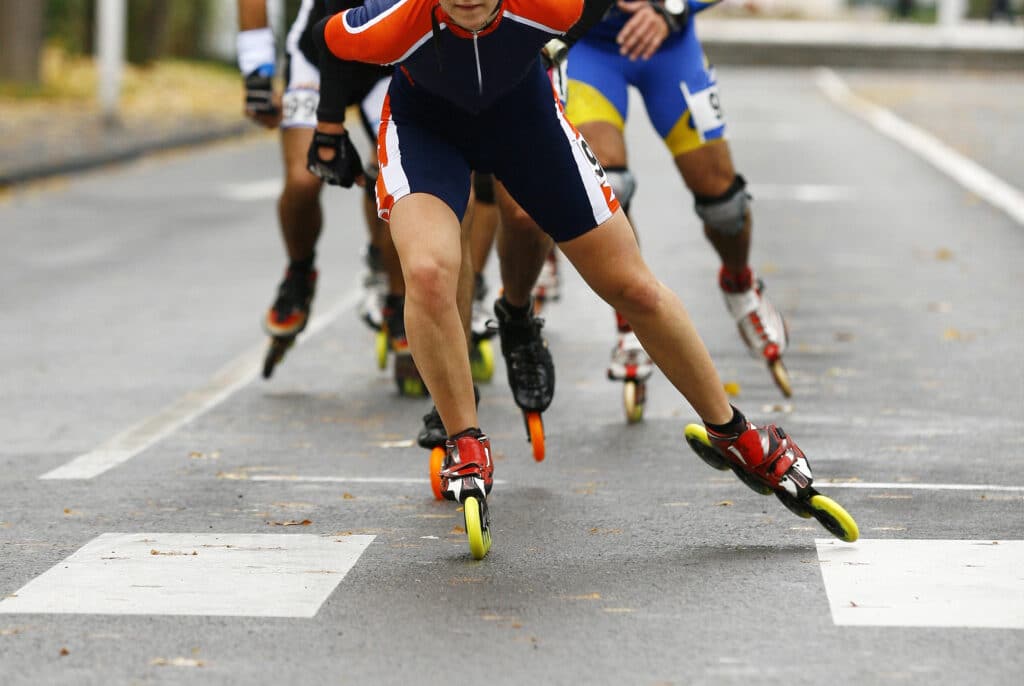
Roller skater manufacturers have a responsibility to provide a safe product with all parts. There have been cases where roller skates fail due to not being sold with all component parts or not having essential parts installed.
Skaters can also be injured due to dangerous circumstances on the premises of inline rinks or skating parks, leading to physical or sexual assault. A lack of security allowing for such circumstances may be considered negligence on the part of the business owner.
Roller rinks should keep their premises as safe as possible, such as by installing security cameras, routinely inspecting the rink for damage or other necessary maintenance, and clearly posting rules and warnings.
Drivers have a duty to watch the road, drive carefully, and adhere to traffic laws and signs. Roller skaters are pedestrians, after all, so drivers should treat them as such.
Are Roller Skaters Pedestrians?
Since rollerblades are seldom permitted on sidewalks, you may wonder whether or not you’re counted as a pedestrian while roller skating. Roller skaters are considered pedestrians. Pedestrians include walkers, skateboarders, roller skaters, wheelchair users, and others using devices that are not bicycles or a motor vehicle.
As such, roller skaters must ensure that they know their rights and responsibilities. Pedestrians do not always have the right of way and must be careful to obey traffic signs and signals. Roller skaters especially need to know where they can and cannot go. Laws and regulations vary depending on where you are. While roller skating on a sidewalk may be legal in one area, it may not be in another.
Complications With Roller Skating Accidents
While roller skaters are legally considered pedestrians, they are not permitted to go in certain areas that other pedestrians, like walkers, can. If you are injured in a roller skating accident somewhere you weren’t supposed to be, you may have difficulty achieving compensation. However, even if you were roller skating somewhere you shouldn’t have been, you may not be liable or entirely liable for your roller skating accident.

That said, you do need to exercise caution while roller skating and ensure that you’re only skating where it’s allowed. You may face consequences if you are roller skating somewhere it is not allowed.
If you’re ever uncertain whether or not roller skating is allowed, it’s always best to be safe and not do it there. If you live near a roller skating rink, this is a great place to participate in this form of exercise. Check local ordinances before you go roller skating, and if you see signs prohibiting roller skating in certain areas, obey them.
Ensure that you exercise all the proper safety precautions when roller skating. Skating on concrete or when it is wet outside can be dangerous. If you are roller skating outside, ensure that you wear sunscreen and carry water with you. You may opt for protective gear, like helmets, knee pads, and elbow pads to minimize your risk of injury if you fall.
Follow traffic signs. Know the laws in your area. Roller skating outside can be more challenging than roller skating inside, since you must be mindful of the weather, obstacles, other people, and local ordinances
What Do You Need To Prove In Roller Skating Accidents?
As in other pedestrian accidents, you need to be able to prove the following elements in order to recover damages:
- The other party owed you a duty of care.
- They were negligent and breached the duty of care.
- Their negligence caused your injuries.
What To Do After A Roller Skating Accident
If you’ve experienced a roller skating accident, you’ll want to seek medical attention, especially if you hit your head at all. Adrenaline often masks pain and causes people to think that they are fine when they’re really not. Having medical records can link injuries to your accident, so insurance has less of a claim that the injuries resulted from something else.
Gather evidence by taking pictures of the scene and getting the contact information of any witnesses, if you’re able. Ensure that you seek legal representation and file your claim sooner rather than later, as statute of limitations limit the amount of time you have to do so, and you don’t want your time to run out before you’re able to seek your rightful compensation.
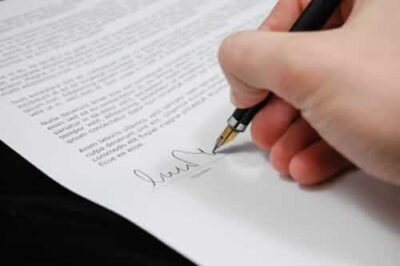
What About If You Signed A Waiver?
You may assume that liability waivers are ironclad, but this is not the truth. The language of the waiver is very important. The waiver may not protect property owners in cases of negligence, especially gross negligence. A personal injury attorney will be able to go over the liability waiver you signed and inform you about what your options are.
Do You Need A Personal Injury Attorney?
The law is a complicated beast, especially for roller skaters, since they are both pedestrians and face restrictions that other pedestrians do not. Having an experienced personal injury attorney on your side can help you achieve the best outcome possible.
If you’ve been a victim to an injury, schedule a free consultation with the personal injury lawyers here at LeBaron & Jensen. We will tell you whether or not you have a case on your hands – and if you do, we will fight for you to receive the compensation you deserve. Contact us today to schedule a consultation or for any questions you may have about our services.

